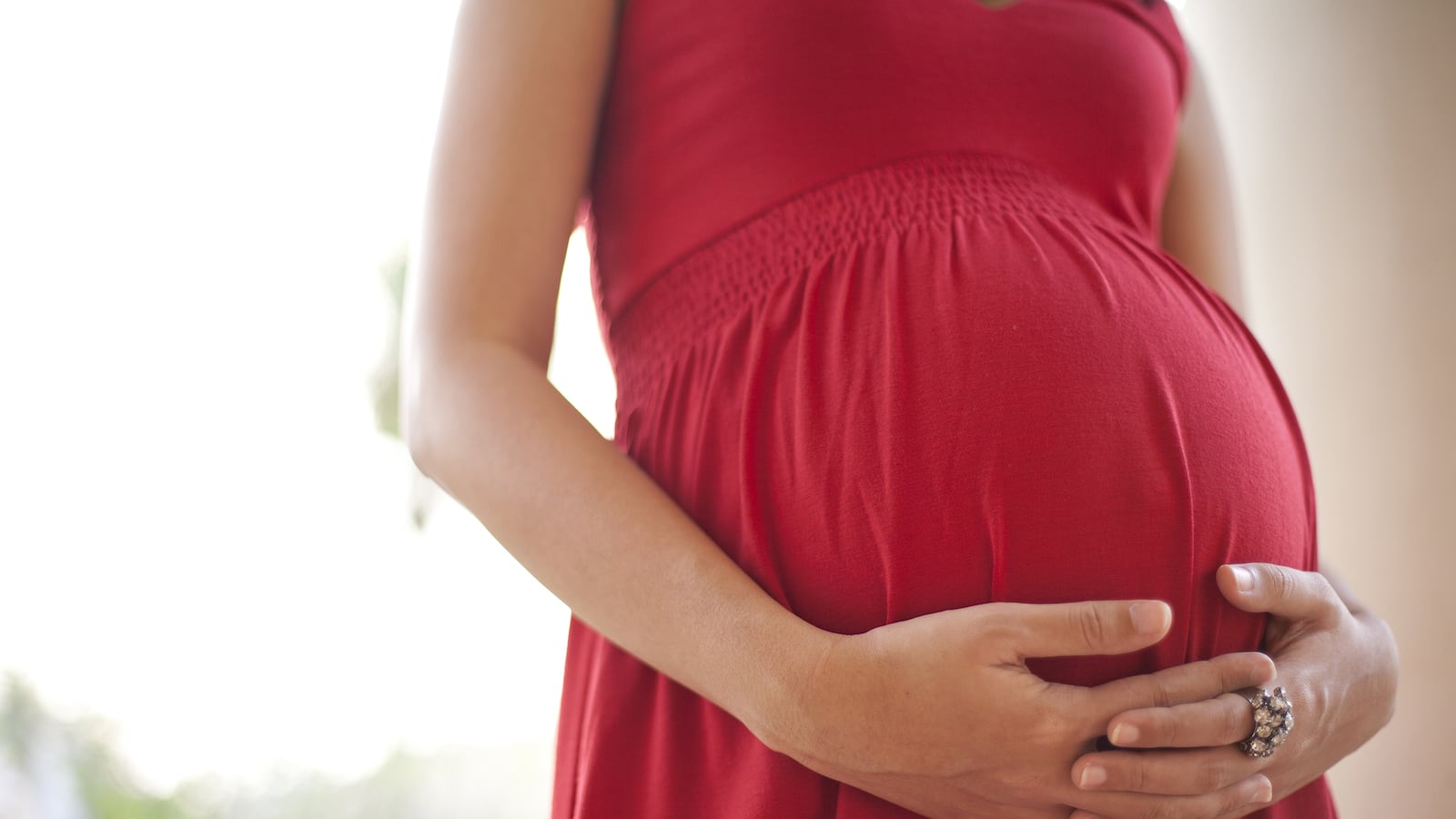The rules of engagement have been clear for several thousand years: when Mommy and Daddy love each other, sometimes a baby happens. That’s sure the way I learned it. And with one Yuletide exception, this scientifically scrupulous view has carried the day.

Until now. Researchers from the University of North Carolina have found that immaculate conceptions, of a type, appear to be much more commonplace than biology would have predicted. Using a very large data set of 7,870 once-teenage young women who were followed prospectively for 14 years, they found that 45 women, or .5 percent of the 5,340 women who became pregnant during the study period, reported that they were still virgins at the time of their pregnancy. Call it the Mary Syndrome.
Or perhaps not: There is a longstanding and deep-seated misunderstanding about the derivation of the most famous Immaculate Conception. Actually, the first woman who immaculately conceived in biblical times was not Mary, the mother of Jesus; rather it was her mother, Anne, wife of Joachim, who produced Mary immaculately so that Mary would in turn herself be a sin-free mother when the time came for her virgin pregnancy and the subsequent delivery of Jesus.
I know you do not believe me, a Jewish guy and medical doctor, but perhaps you will believe Pope Pius IX. In 1854 he declared that the Immaculate Conception of Mary within Anne’s womb was dogma—i.e., a non-negotiable price of admission to the Roman Catholic faith. The Feast of the Immaculate Conception, which occurs in early December, celebrates this miraculous non-coital event. Note, though, that neither Anne nor Joachim was a virgin at the time embryo-Mary appeared, since Mary had an older sister procreated the old-fashioned sperm-and-egg way. The Annunciation of the Lord, which celebrates Jesus’s entry into Mary’s womb, is celebrated on March 25—nine months (get it?) before Xmas.
So if it’s happened twice in the last 2,000-plus years, what’s another 45 more women having the same, um, situation relating to sex and babies? The UNC researchers do not spin it this way, Instead, scrooges that they are, they suggest that the fighting almost-four dozen actually reflect a problem with the way their data was collected. Which means we have to spend some time clawing through the Methods section of their article—Methods being the dreaded read-the-instructions portion ignored by so many but the hiding place for all sorts of headaches, sleights of hands, and general explanations for everything good and bad in the research.
The study was conducted as part of the National Longitudinal Study of Adolescent Health and, man, they ask those teens just about everything. In fact, the surveys were conducted in-home with not just the teenagers, but their parents and even school administrators. The researchers tried every trick they could to promote honesty, including computer assisted self-interviews to “enhance candor.”
Edgy questions were asked of one and all: they were asked to indicate how much they agreed with statements about whether they knew how to use condoms; about rhythm methods and withdrawal and those other varieties of famously ineffective birth control. Parents were asked about how much birds-and-bees talking they had provided (hint: not much). School administrators piped in about just what sort of sex ed their school provided (second hint: even less).
Then the data is rolled out in several enormous tables. (Bonus for those who crawl through the tables, including footnotes: mention of “born again virgins” who had previously admitted to having sex but later recanted). Overall, “chastity pledges” to maintain virginity had been taken by 15 percent of the girls; overall, 191 (2.4 percent) of the 7,870 claimed to still be virgins. Of these, 45 became pregnant and 146 did not—a pretty fertile group it seems to me. In that 45 compared to the 146, rates of sex ed in school was much lower, confidence about knowing how to use condoms correctly was much higher (!), and an understanding of the rhythm method was better (!!) as was knowledge about how to use the withdrawal method.
But the money line, to my read, is this one: “The virgins who reported pregnancies were more likely to have pledged chastity (30 percent) than non-virgins who reported pregnancies (15 percent).” In other words, pledging chastity in the past is strongly associated with a virgin birth. I think finally we may have a clue to help us better understand the mysterious 45. The authors tend to want to blame the entire “how we conduct surveys” angle, figuring that teenage girls are as clumsy as the rest of the world at filling out long annoying surveys and so made mistakes. They are being political of course—a good dose of self-blame always works best when you are still in the middle of a research career and don’t want to become known for burning your sources.
However, another, more likely explanation though is that, for reasons of perceived societal pressure, the teens answered questions the way they thought the interviewers (and mom and dad too) wanted them to answer them, with Sunday School primness. In scientific research, this is called “social desirability bias”—people often will answer the way they think the questioners wants them to, not the way that resembles the truth. And one must comment that a young lady who has pledged chastity perhaps doesn’t want to admit deviation from the grand promise, gravid reality be damned.
So there we have it—pregnant virgins galore on this happy winter solstice celebration. Alright, maybe a few were confused, a few were fibbing, a few more muffed the questionnaire, and a handful nodded the same answer to everything. But I think we should allow them, and us, the occasional miracle in our data-laden, over-analyzed, and under-appreciated century. After all, it’s holiday time.






